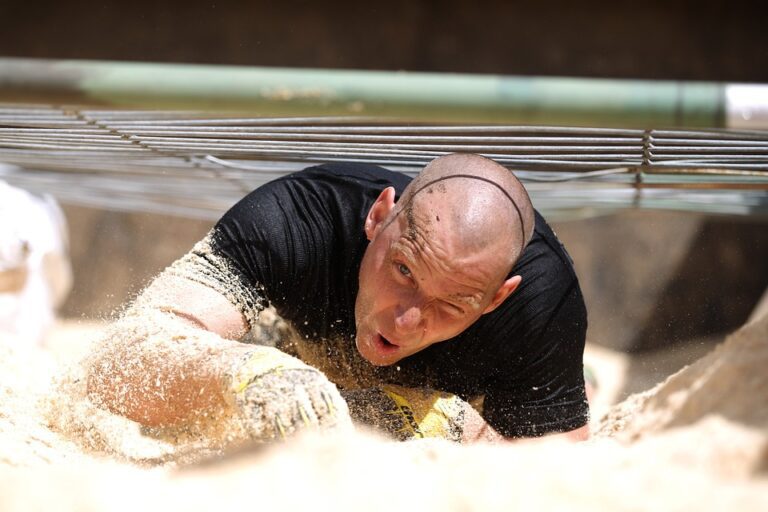
[ad_1]
From Inspiration to Creation: Productivity Tips for Artists
As an artist, staying creative and focused can be a challenging task. From finding inspiration to turning those ideas into tangible creations, the artistic process can be filled with ups and downs. However, with the right productivity tips and strategies, artists can stay on track and continue to produce high-quality work. In this article, we will explore some effective tips for artists to stay creative and focused throughout the creative process.
Finding Inspiration
Before diving into the creative process, it’s important to find inspiration. Inspiration can come from a variety of sources, such as nature, music, literature, or personal experiences. One effective way to find inspiration is to take time to explore new places and experiences. For example, artist Vincent van Gogh found inspiration for many of his paintings during his travels throughout France and the Netherlands.
Another way to find inspiration is to surround yourself with other creative individuals. By collaborating with other artists or attending events such as art fairs or workshops, you can gain new perspectives and ideas that can fuel your own creativity.
Setting Goals
Setting goals is an essential part of staying focused as an artist. By defining what you want to achieve, you can create a roadmap for your creative process and track your progress along the way. For example, renowned sculptor Michelangelo set specific goals for each of his projects, which helped him stay focused and motivated throughout the creation process.
When setting goals, it’s important to be realistic and specific. Instead of setting a vague goal such as “create more art,” consider setting smaller, achievable goals such as “complete one painting per week” or “learn a new technique by the end of the month.”
Managing Time
Time management is crucial for artists, as it allows them to make the most of their creative energy and resources. For example, artist Frida Kahlo dedicated specific hours each day to her artwork, allowing her to maintain a consistent level of productivity while still taking care of her health.
One effective time management strategy for artists is to create a schedule or routine for their creative work. By allocating specific blocks of time for brainstorming, sketching, and actual creation, artists can make the most of their productive hours and avoid burnout.
Overcoming Creative Blocks
At some point, every artist will experience creative blocks or periods of low inspiration. During these times, it’s important to have strategies in place to overcome these obstacles and get back on track. For example, musician Ludwig van Beethoven would take long walks in nature to clear his mind and find new inspiration when he felt stuck.
One effective way to overcome creative blocks is to change your environment or routine. For example, try working in a new location, switching up your tools or materials, or experimenting with a different artistic style. By breaking out of your comfort zone, you can stimulate your creativity and find new ideas to pursue.
Conclusion
In conclusion, staying creative and focused as an artist is a process that requires dedication and intention. By finding inspiration, setting goals, managing time effectively, and overcoming creative blocks, artists can continue to produce high-quality work and stay productive throughout the artistic process. By implementing these productivity tips and strategies, artists can unleash their full creative potential and develop a body of work that reflects their unique vision and talent.
Real-Life Examples
One real-life example of an artist who has successfully applied these productivity tips is contemporary painter and illustrator, Lisa Congdon. Through her practice, Lisa has emphasized the importance of setting specific goals and dedicating time to her creative work. By actively seeking inspiration through travel and collaboration with other artists, Lisa has been able to maintain a consistent level of productivity and produce a diverse body of work that has resonated with audiences worldwide.
FAQs
Q: How can I find inspiration when I’m feeling stuck?
A: When feeling stuck, it can be helpful to explore new environments, seek out different forms of art and media, collaborate with other artists, or take a break and allow for time to recharge.
Q: How can I overcome creative blocks?
A: To overcome creative blocks, consider changing your working environment, trying out new techniques or materials, or seeking inspiration from other art forms or disciplines.
[ad_2]